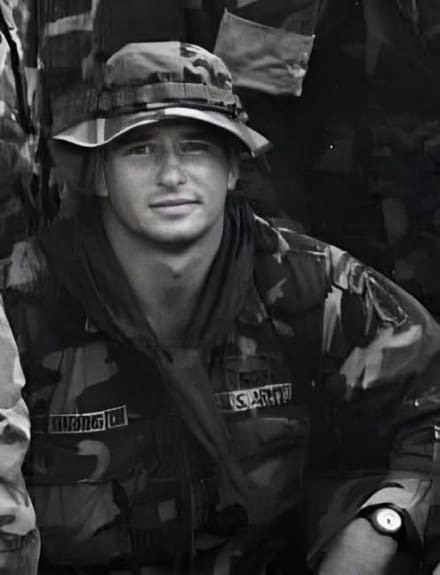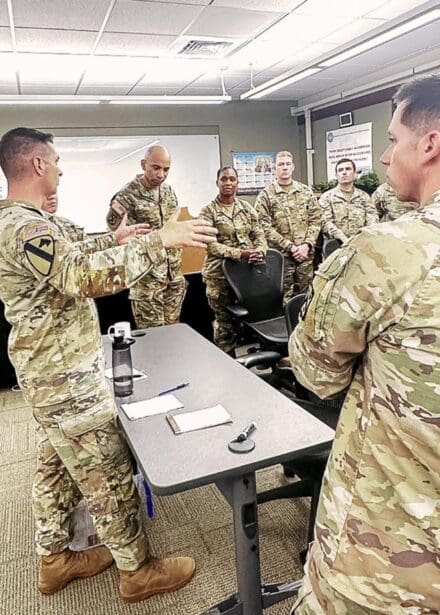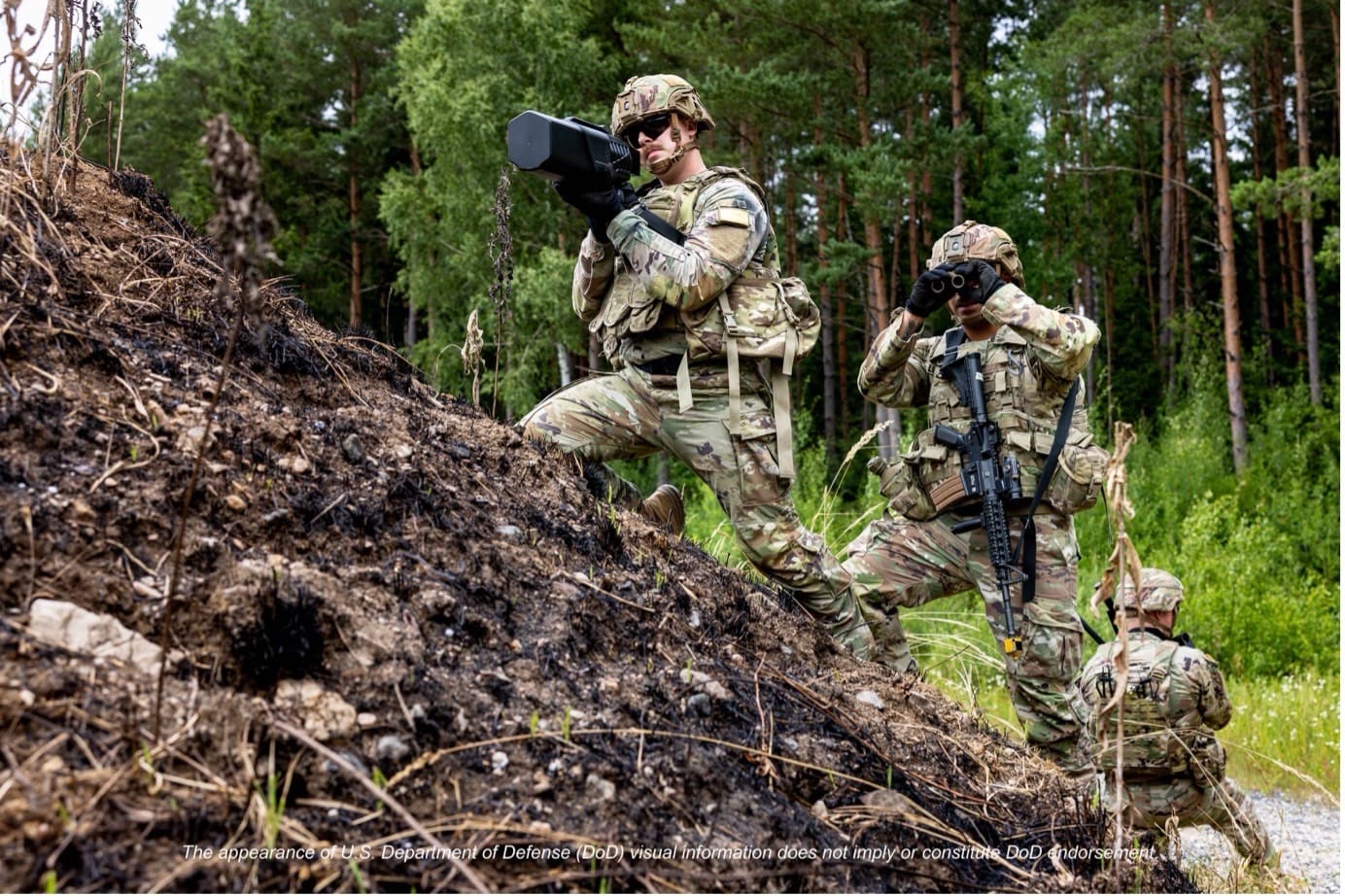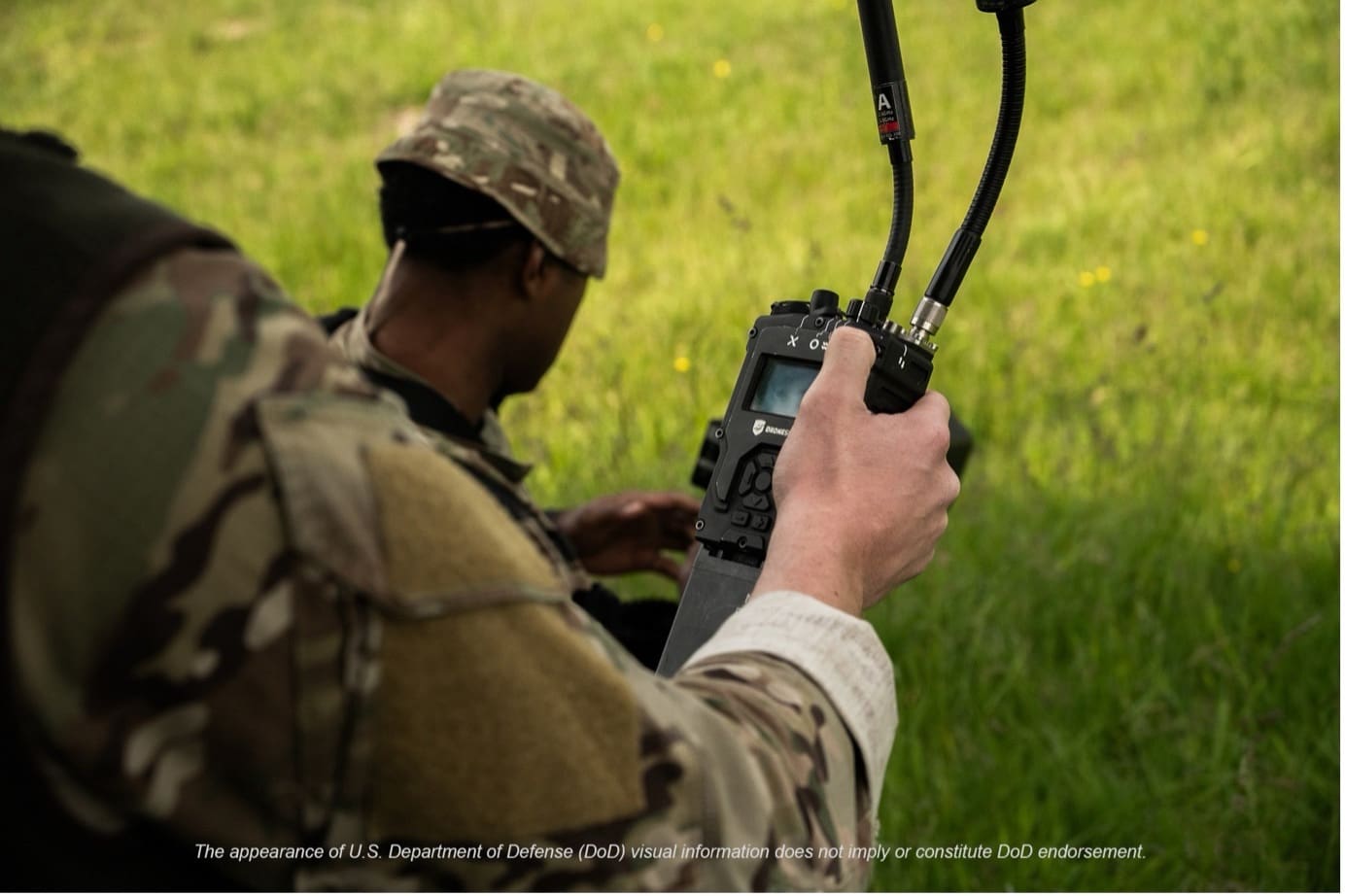
WASHINGTON — Cyber is central to the Army’s once-in-a-generation transformation and to defending the homeland’s critical infrastructure, said Principal Cyber Advisor to the Secretary of the Army Brandon Pugh to attendees at the Billington CyberSecurity Summit, Sept. 11.
Pugh said the Army’s Continuous Transformation aims to put the right technology in Soldiers’ hands faster while strengthening readiness for the future battlefield — where cybersecurity underpins everything from base operations to mobilization.
“This is our effort to make sure the Army is adapting to the future battlefield,” Pugh said. “Cyber is a key component of Army Continuous Transformation.”
Pugh participated in “The Future of Cyber Threat” panel, moderated by Chris Townsend, an Elastic vice president. Alongside Pugh were Col. Ivan Kalabashkin, Deputy Head of Ukraine’s Security Services Cyber Division; Vikram Thakur, Technical Director at Broadcom; and Josh Salmanson, Vice President for the Defense Cyber Practice at Leidos. Panelists discussed a range of cyber-related issues.

People first
“People are the core of the Army,” Pugh said, noting that modernization efforts revolve around Soldiers and Army civilians who defend the nation every day. He highlighted opportunities to better harness the skills of Army National Guard and Army Reserve cyber professionals — many of whom work in cybersecurity in their civilian careers. “Who is better positioned to defend a critical infrastructure threat than the people who live there?” he asked.
Protecting critical infrastructure at home
Pugh emphasized that defending the homeland is a top priority, and that the Army has a direct stake because vulnerabilities in privately owned critical infrastructure — from power grids to transportation networks — can affect Army installations and unit mobilization. He pointed to assessments by the Army Cyber Institute at the U.S. Military Academy at West Point that examine how infrastructure weaknesses could disrupt the Army’s ability to project forces in crisis or conflict. “We need to be able to mobilize forces and equipment at a moment’s notice,” he said.
When asked how to address critical infrastructure vulnerabilities, Salmanson urged organizations to “get back to the basics” — patching systems, reducing vulnerabilities and avoiding shared passwords — to cut noise in networks and improve response to new threats. “We’re seeing higher volumes and better quality [attacks] consistently,” he said.
AI for cyber — at scale
Panelists agreed adversaries are already using artificial intelligence to increase the speed and quality of attacks. Kalabashkin said Ukraine has faced more than 13,000 cyberattacks on government and critical infrastructure systems since the start of the full-scale war, with Russia using AI in recent months to scan for network vulnerabilities.
Pugh said the Army is leaning into AI where it can provide a decisive edge. “How can AI be used more effectively and at scale for defensive cyber operations and perhaps even offensive cyber operations?” he asked, noting strong work already underway across Army Cyber Command and U.S. Cyber Command. “We should leverage AI to gain the upper hand — a force multiplier for our Soldiers.”
Speed to capability
Pugh said the Army is working to shorten timelines to field cyber capabilities, particularly from innovative companies with niche solutions. “If you have a unique capability that can add value to the military, there should be an ability to get that in the hands of a warfighter and test it in weeks,” he said. That effort, he added, aligns with the Army’s broader push to transform how it acquires, tests and fields technology.
By MAJ Sean M. Minton
























































































































